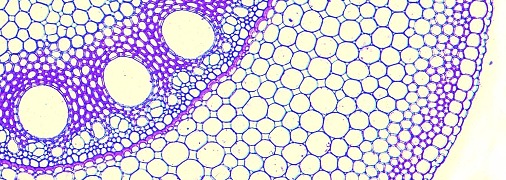Hypoxic conditions can favour generation of reactive oxygen species (ROS). The major sources of ROS generation are ETC in mitochondria and oxidase activities (Blokhina et al., 2003). Various ROS species may be produced; among the major ones are superoxide radical (O2•-), hydroxyl radical (OH•), and hydrogen peroxide (H2O2). Although H2O2 is less reactive than the two other ROS, in the presence of reduced transition metals such as Fe2+ (abundant in waterlogged soils), the formation of OH• can occur in the Fenton reaction. These ROS can damage plant cells by causing lipid peroxidation in membranes, DNA damage, protein denaturation, carbohydrate oxidation, pigment breakdown and an impairment of enzymatic activity (Noctor and Foyer, 1998).
The extent of the ROS-induced damage to cells depends on duration and severity of stress. Short-term O2 deprivation results in a limited accumulation of ROS and lipid peroxidation. In the short-term, the rate of ROS formation and the degree of lipid peroxidation can be regulated by constitutive endogenous antioxidants (Blokhina et al. 2003). In addition, hypoxia induces increased activities of antioxidant systems. Prolonged deprivation of O2, however, can diminish or even abolish synthesis, transport and turnover of antioxidants. As a consequence of the depleted antioxidants and associated enzymes, cells are unable to cope with the ROS and lipid peroxidation can become severe, particularly during re-oxygenation (see also section 18.6). In addition to causing non-specific increases in membrane permeability resulting from lipid peroxidation, both H2O2 and OH• have also been shown to directly control activity of Ca2+- and K+-permeable plasma membrane ion channels (Demidchik et al. 2007, 2010). Perturbations in intracellular ionic homeostasis may initiate programmed cell death (Demidchik et al. 2010).
